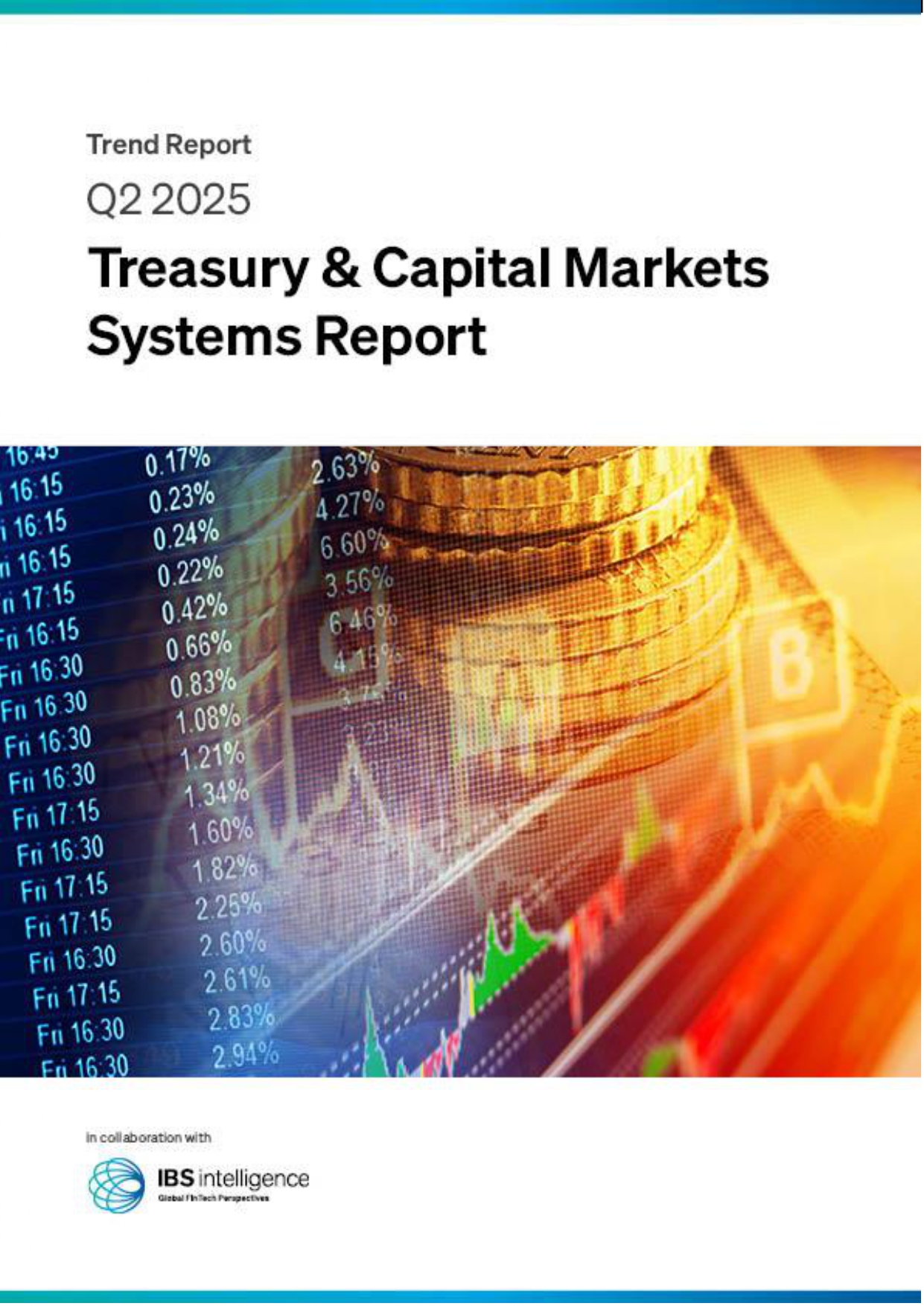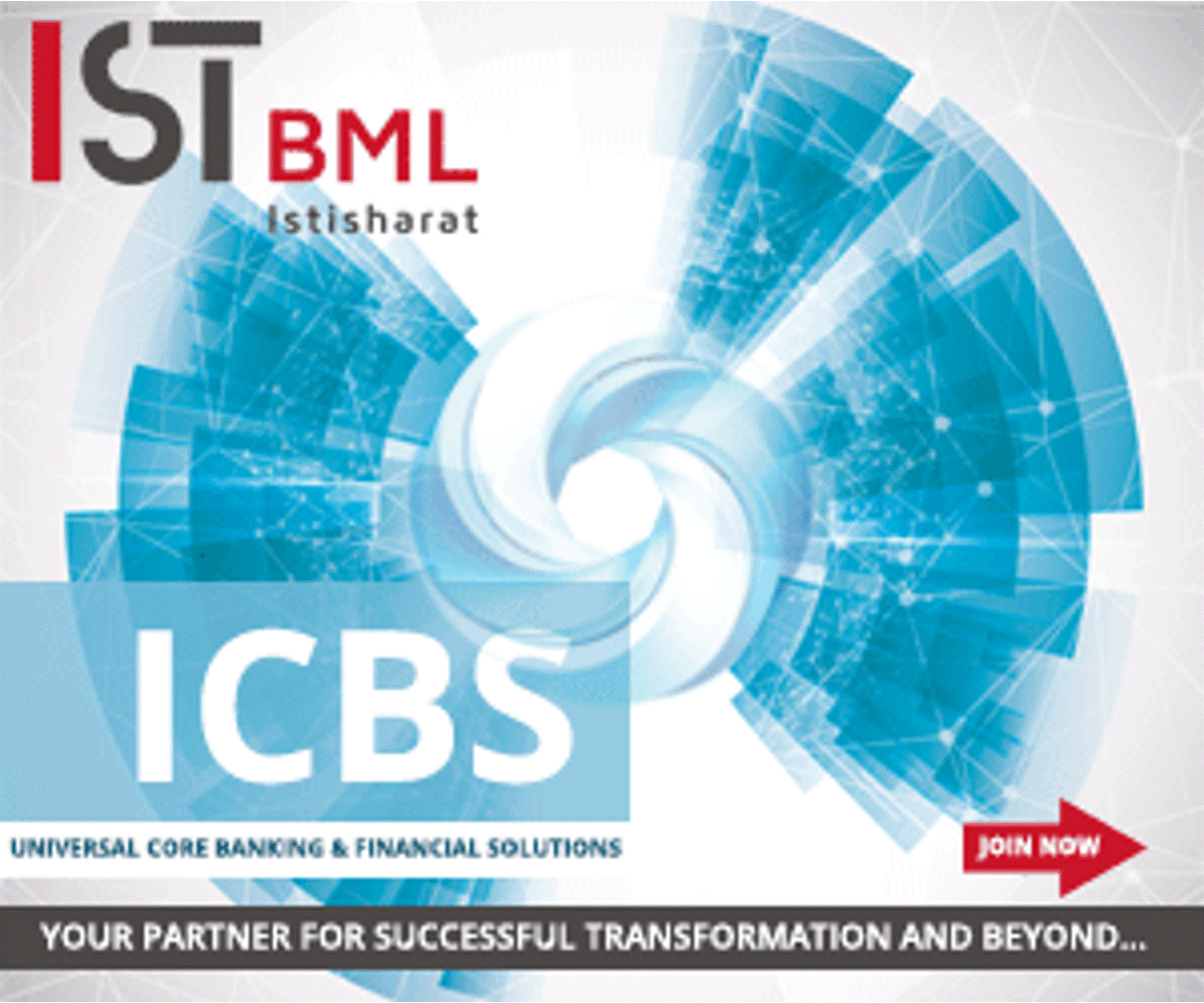 Back
Back
A quick view towards the Payments as a service market
By Pavithra R
According to recent research performed by Grand View Research, the payment as a service market size is expected to reach USD 25.7 billion by 2027, expanding at a CAGR of 16.9%. The payment landscape is undergoing a vigorous transition, and this transformation will affect all types of consumers and organizations. Some of the contributing factors toward this transition being demographic shifts, emerging technologies, rise in need for quick money transfer methods and new participants in the payments industry. Besides, the novel Coronavirus pandemic has also contributed to the rising demand. The COVID-19 concerns surrounding cash has resulted in consumers adopting contactless methods to minimize interaction.
While cash is still in the leads, a world without non-cash payments is not hard to imagine. Alternative payment methods such as digital wallets, electronic payment transactions, mobile payment apps are growing rapidly. Innovations in this field is a result of joined efforts from Financial institutions, FinTechs, large tech companies, government entities and others. With the industry constantly evolving, the need for globally recognized standards will become critical to ensure interoperability and security.
Various payment types include cash, credit and debit cards, prepaid cards, bank transfer, e-wallets, mobile payments and direct payments. Emerging technologies such as blockchain technology, artificial intelligence, electronic payments, digital channels and open APIs being the most significant contributors to the changes in the payment industry.
The state of payments is different in various parts of the world. North America held the largest share of the market in 2019, with the U.S. and Canada being the prominent countries adopting the new technology platform for money transfer practices. The big-tech companies in this landscape include companies like PayPal, Apple Pay, Amazon Pay, Fiserv, FIS, Marqeta, Stripe, Hydrogen, Cross river, Nuvei, to name a few.
Latin America is continuously evolving and is offering increased opportunities for payment innovators. The market has seen enormous investment in the past year and is likely to innovate more. Some of the promising companies in this area include Vexi, Ualá, Nubank, conekta, Zoop and Flink.
In Africa, cash is the leading payment method. Many companies are coming forward or forming partnerships aiming financial inclusion. Recently Ghana launched Digital Financial Services Policy amid COVID-19 pandemic to deepen financial inclusion and accelerate the shift to digital payments. Hightech Payment Systems, Pesapal, Bundle are some of the few players in this region.
Standing today, it hard to foresee the future of payments, but with the disruptions that are taking place daily one can easily say it would not take much time to see a cashless society.
IBSi FinTech Journal
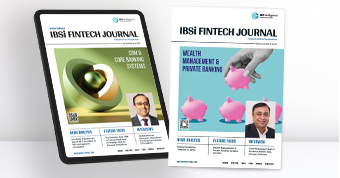
- Most trusted FinTech journal since 1991
- Digital monthly issue
- 60+ pages of research, analysis, interviews, opinions, and rankings
- Global coverage
Other Related News
Related Reports

Sales League Table Report 2025
Know More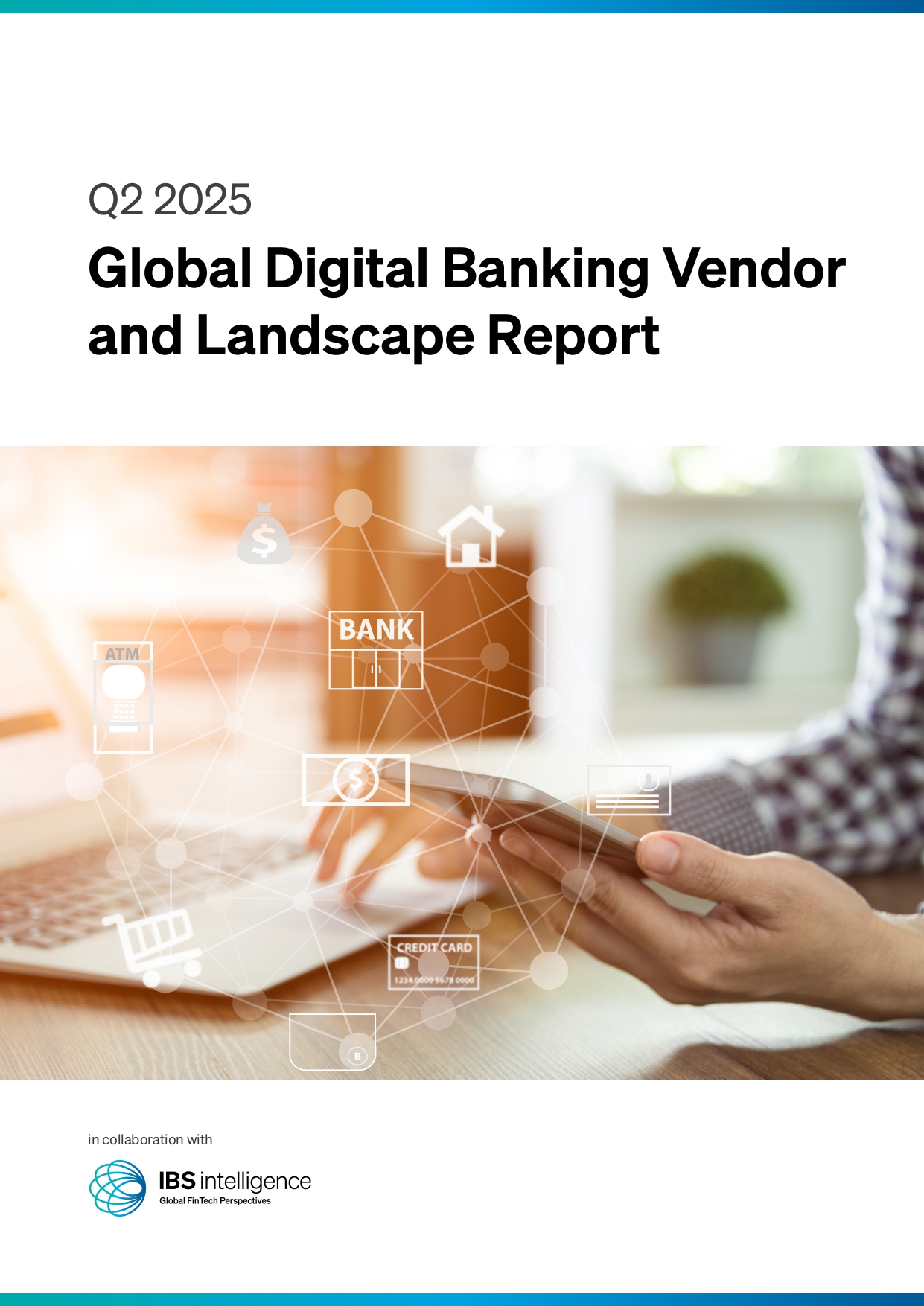
Global Digital Banking Vendor & Landscape Report Q2 2025
Know More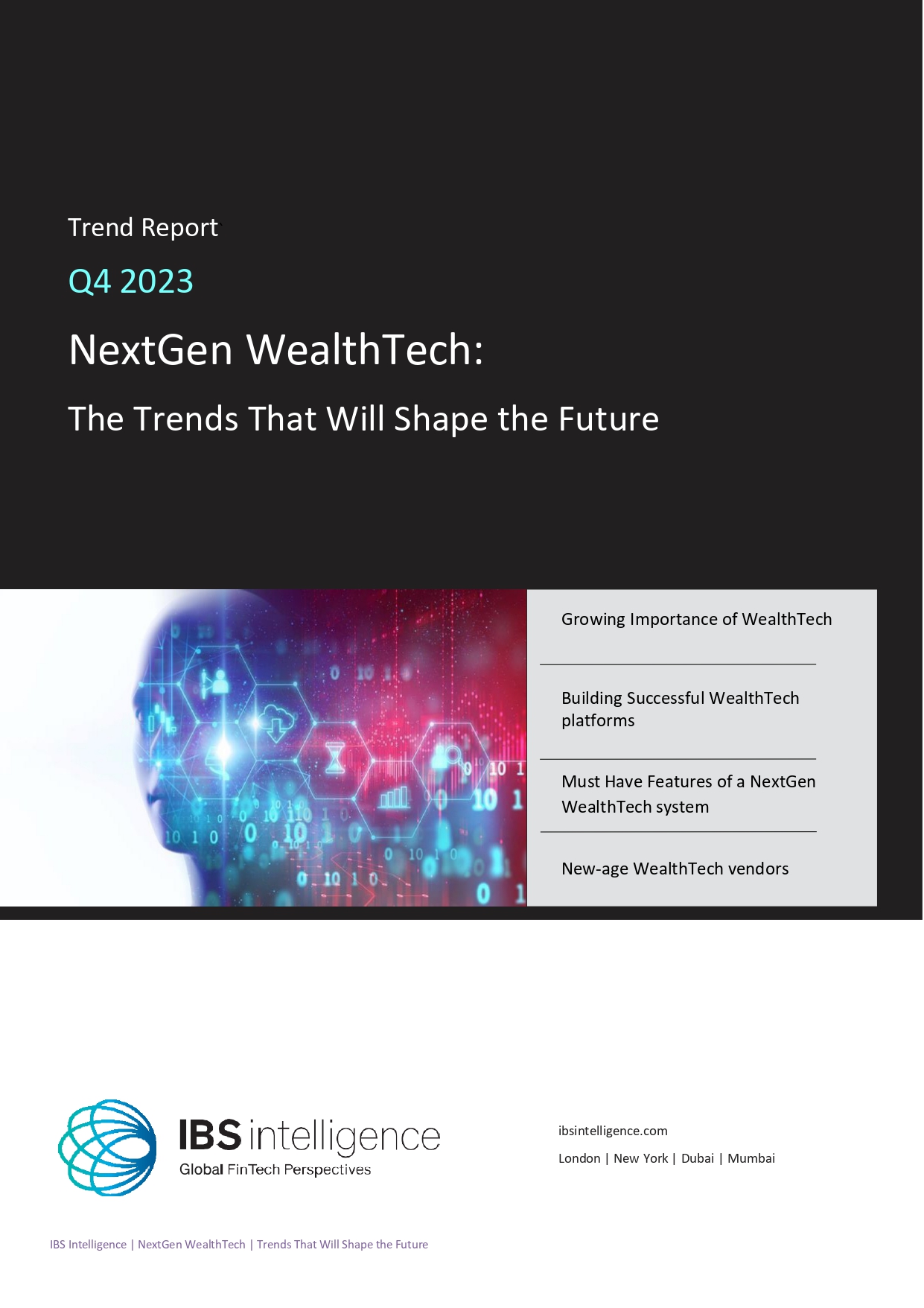
NextGen WealthTech: The Trends To Shape The Future Q4 2023
Know More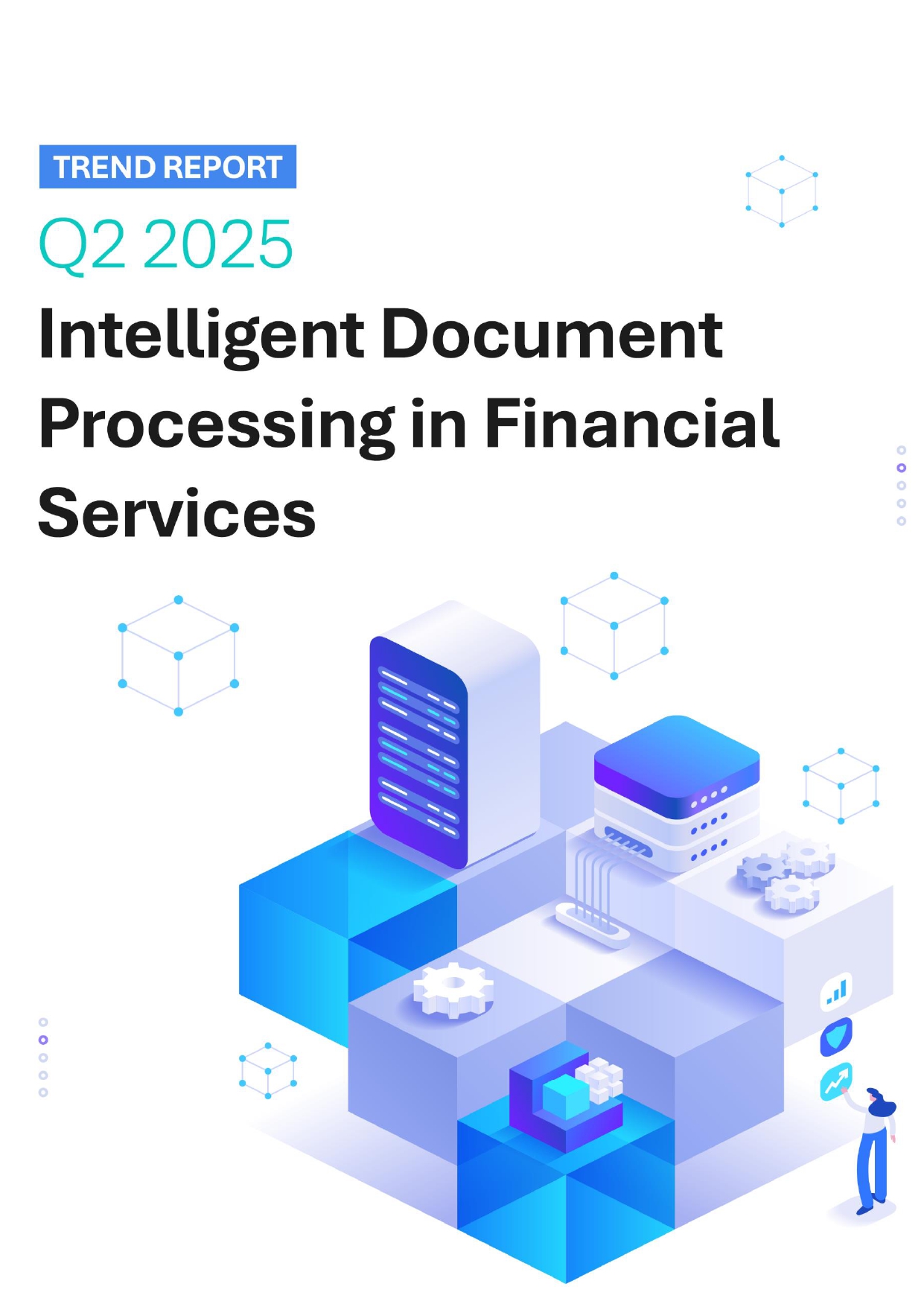
Intelligent Document Processing in Financial Services Q2 2025
Know More